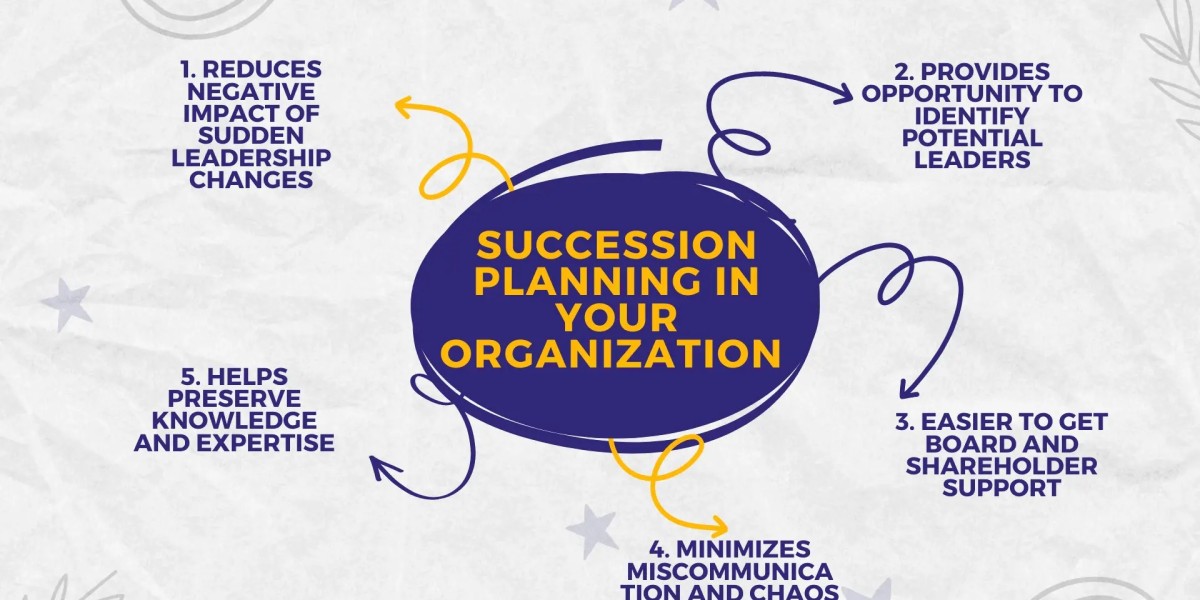Introduction Leadership positions are bound to shift. This can occur for a variety of reasons, including a transfer within the same organization (in the case of multinational corporations), resignation, death or critical illness, retirement, sabbatical, or employment termination. Despite the fact that every organization is aware of these factors and how they affect the continuity of the organization, many do not yet have a solid succession plan in place for key leadership positions.
A survey that was conducted by the Global Research and Advisory firm of Gartner and included approximately 2,800 HR leaders reveals this lack of succession planning. More than a third of HR leaders surveyed in January 2020 stated that they struggle to develop good mid-level leaders and 45 percent said they struggle to develop effective senior leaders. Additionally, only 50% of respondents indicated that they are prepared to lead their organization in the future. Check out the Succession Planning Model and Digital Transformation.
There is a cost associated with inadequate or ineffective succession planning. The cost of poorly managed CEO and C-suite transitions was the subject of research conducted by Harvard Business Review. The findings indicate that an inappropriate hire for the CEO or other C-suite positions can annually reduce the company's market value by USD 1 trillion. In addition, the company's valuation can rise by 20 to 25 percent if the right candidate is hired for the highest leadership positions.
While the findings from these surveys highlight the importance of succession planning , here are five reasons why you must put in place a succession plan for your organization:
1. Reduces the Negative Effects of Sudden Leadership Changes According to an article published by McKinsey & Company and titled "Successfully Transitioning to New Leadership Roles," "When leaders struggle through a transition, the performance of their direct reports is 15% lower than it would be with high-performing leaders." Additionally, the direct reports are 20% more likely to be disengaged or to leave the company. “40% of new CEOs fail to meet performance expectations in the first 18 months,” according to additional research.
An organization could end up in either of these situations. It will still take the company years to regain its footing, streamline the business, create a positive work environment, and reestablish its market value even if it manages to survive as an unsuitable leader.
2. Identifies Employees Who Can Be Promoted to Leadership Positions When Necessary A succession plan identifies employees who can be promoted to leadership positions. Understanding each candidate's leadership style and strengths and weaknesses can be facilitated by this data. It also gives the selected employees a chance to learn about various aspects of the business and gives them time to develop leadership skills.
In addition, the buffer period gives management time to figure out who will be best suited to which position in the future. It also gives employees a chance to learn about the position, conduct a skill-gap analysis, and acquire the necessary knowledge if they want to pursue the opportunity.
3. It is easier to gain board and shareholder support for the organization's smooth operation. Board members' support and shareholder approval are crucial. It is especially important during senior leadership transitions.
It will be easier to get the new hire's support if the board of directors and shareholders are aware that the company has a solid succession plan in place for key positions and that it has their approval. Not only will this make the new leader's job easier, but it will also ensure that crucial decisions get board approval on time.
On the other hand, if they don't have a succession plan in place or don't trust the new hire to lead the company well, it can hurt their relationship with management and put off important decisions. Additionally, the company's market and brand value may be negatively affected.
4. Reduces Confusion and Unnecessary Chaos When it comes time to put the succession plan into action, a well-thought-out plan that specifies who will succeed the CEO or leader or fill a senior position leaves no room for confusion, miscommunication, or unneeded chaos.
A succession plan can also help address office politics before a new leader takes over if management is vigilant. This again helps the new pioneer work really and ensures the association's way of life and climate are not unfavorably influenced because of an adjustment of the initiative.
Read More: Benefits of Succession Planning








